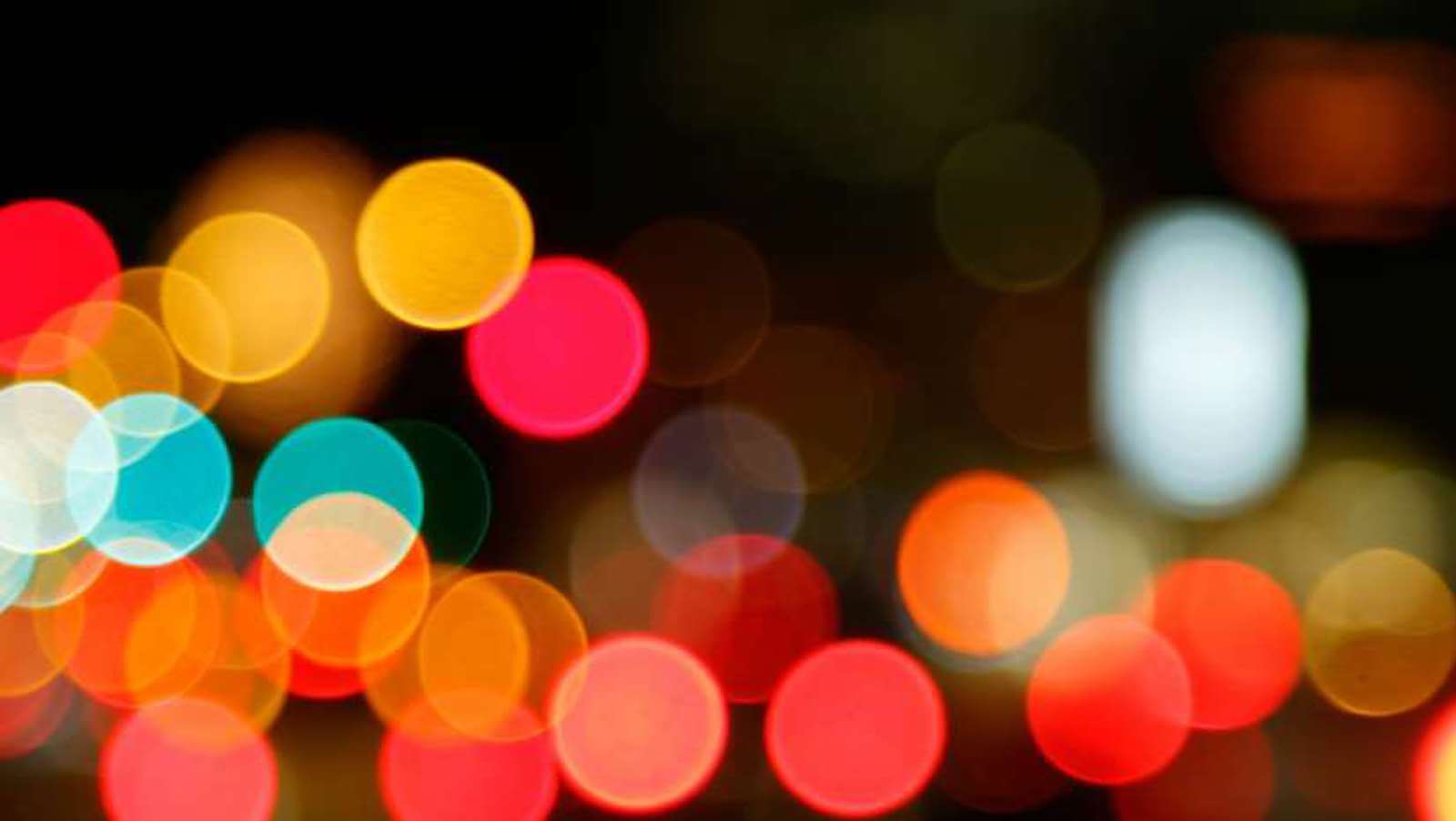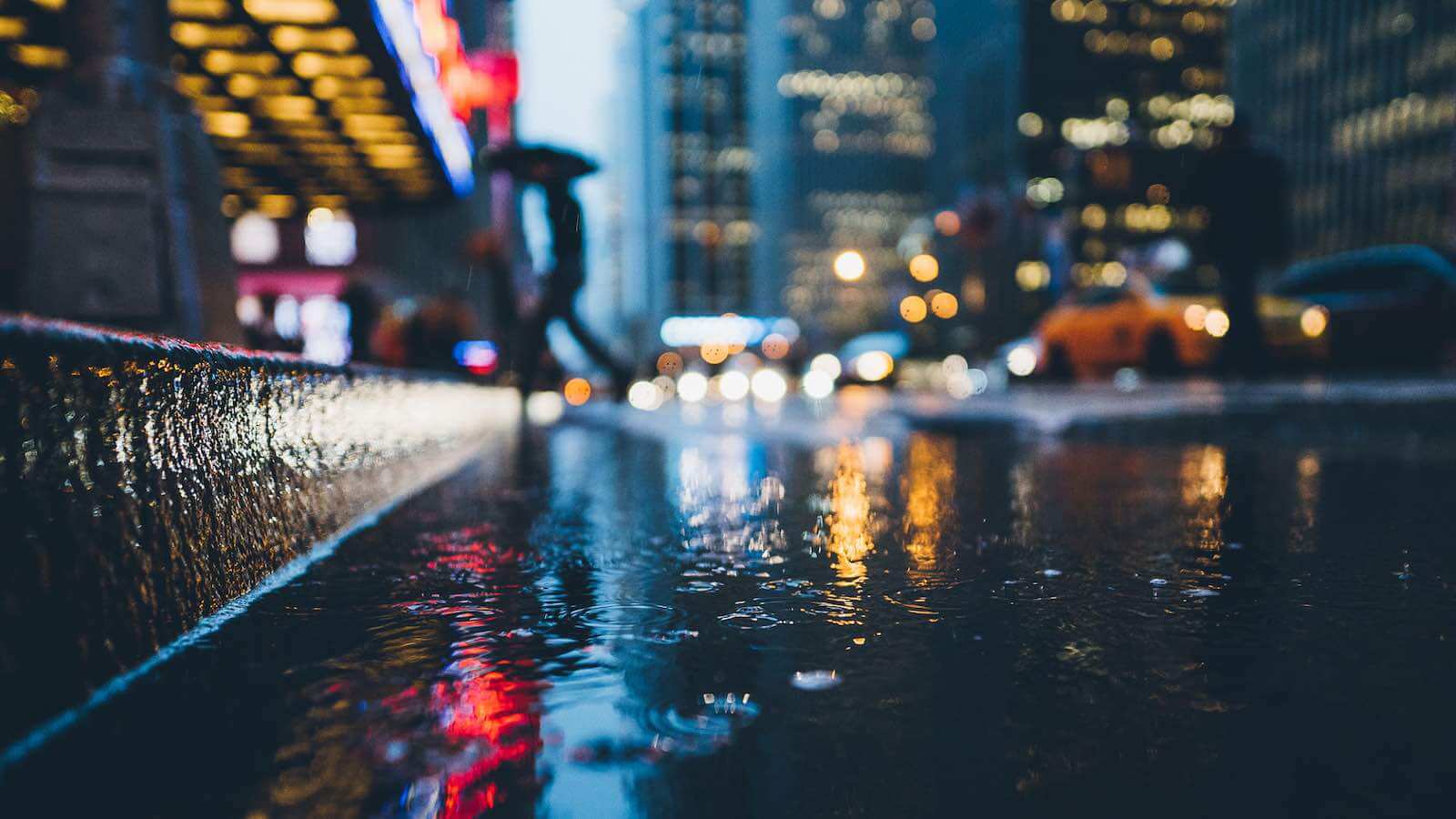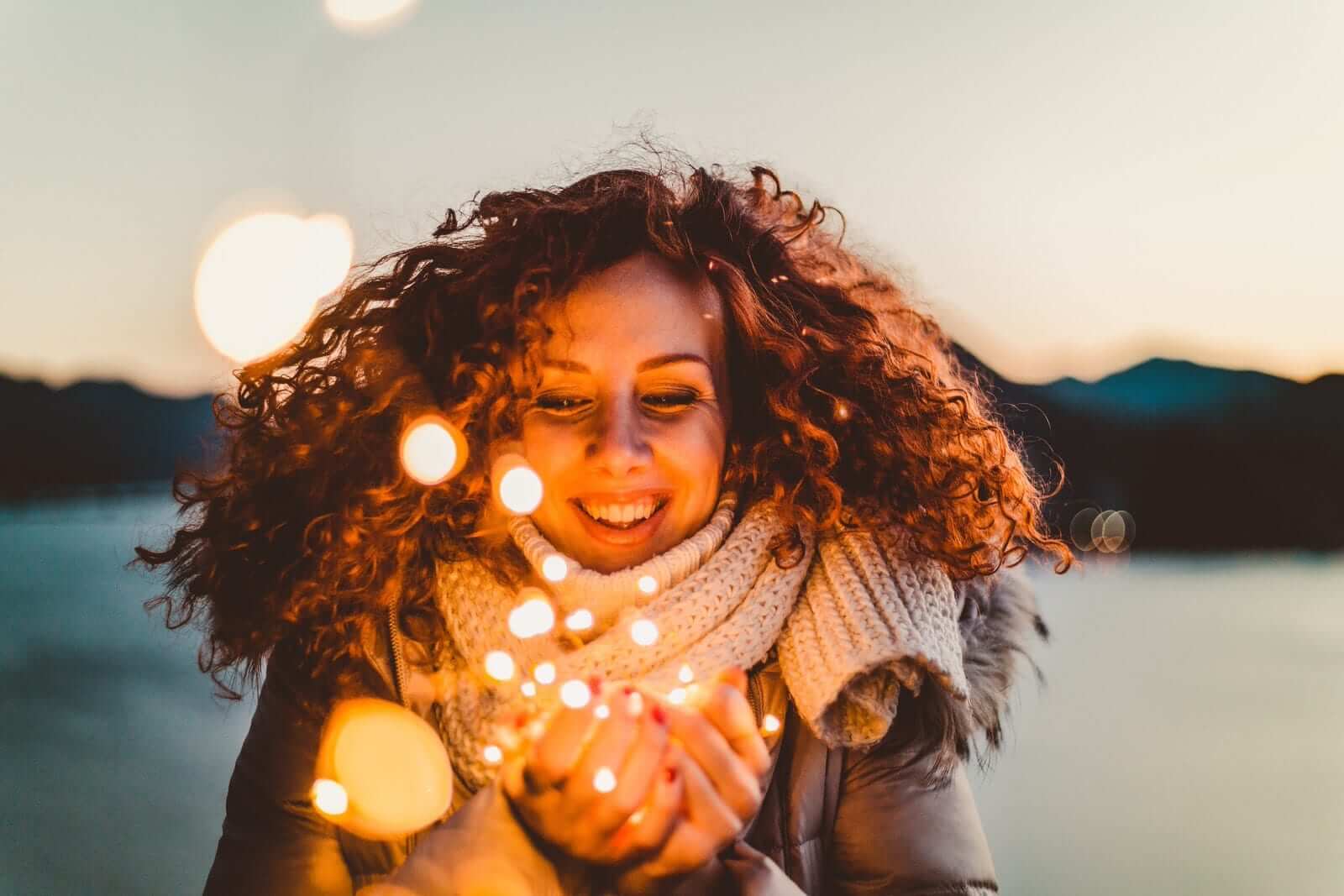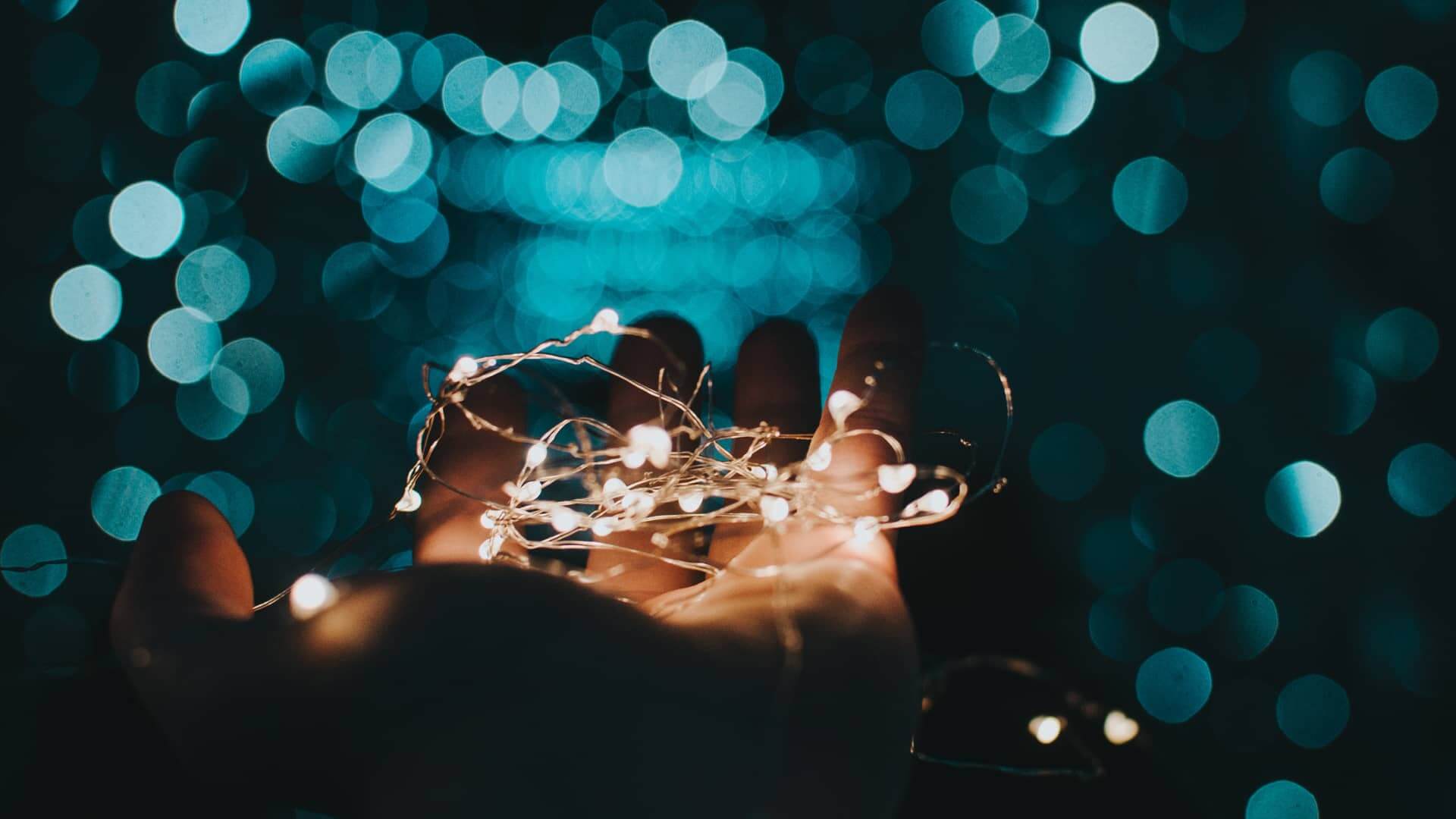Once you’re familiar with the basics of photography and videography, more advanced techniques are fun to explore. One of those techniques is bokeh, the tasteful inclusion of out of focus elements. Aperture and depth of field are necessary for achieving the bokeh effect but what is bokeh exactly? We’ll start with a bokeh meaning, including some bokeh photography examples before ending with a step-by-step guide on how to achieve the bokeh effect.
Bokeh Meaning
Illustrating the bokeh effect
Chances are good you've seen the bokeh effect a thousand times but maybe you're unsure about how it's done. We will review some bokeh examples followed by a quick guide on how to achieve this dazzling effect in your work. First up, a quick bokeh definition.
Bokeh Definition
What is bokeh?
The bokeh effect is produced when the foreground and/or background is intentionally blurred around a subject. Bokeh, meaning "blur" in Japanese, can be achieved by using adjusting a camera's aperture for a shallow depth of field. The bokeh effect is an aesthetic choice and tends to give images a dreamlike appearance.
Quick Tips for the Bokeh Effect:
- Use fast lens with a minimum aperture of f/2.8
- Increase the distance between subject and the background
- Switch camera to Aperture Priority or Manual to adjust shutter speed
- The shape of the aperture blades dictates the shape of your bokeh (round blades produce circles, hexagonal blades produce hexagons)
It's important to note here that the bokeh effect is similar but not quite the same as soft focus, which is typically associated with a flaw in the camera lens and tends to give the entire image a hazy blur.
Before we move on, there's a very important question that needs to be answered: how to pronounce bokeh. Some people say it rhymes with mocha while others lean more towards bouquet. Here's a video that explains this conundrum and finally settles the debate once and for all.
How to pronounce bokeh
Now that we've covered the bokeh definition, let's take a look at some quick examples before we go into detail on how to capture these lovely little bubbles of color and light.
Bokeh in Action
Bokeh examples in photo & film
The bokeh effect is ubiquitous these days. You can see it in advertising, music videos, TV, film, and, of course, photography. There are various applications of this effect but the general intent is accentuate and beautify the image.

Bokeh typically has softer, rounded edges
The image above captures an extreme example of bokeh but it can be dialed down to be more subtle in a nighttime city scene, like in the image below. Lights, especially colored lights, are often ideal elements to achieve the desired bokeh effect.

Bokeh Effect Example
What is bokeh in portrait photography? Bokeh can also be used to accent an image, where the subject of the photo is obvious and the bokeh effect is minimal, tasteful and quite beautiful.

Bokeh with subject example
Obviously, the bokeh effect in photography gives that dynamic balance between soft and sharp images. Still images can seem more vibrant and alive but we get the same effect in cinema. Here's an isolated moment from The Grand Budapest Hotel the plays heavily into the romantic qualities of the bokeh effect.
Bokeh in The Grand Budapest Hotel
Bokeh Photography Tips
How to get the bokeh effect
Just because you don’t have fancy schmancy equipment doesn’t mean you can’t produce bokeh. Yes, better quality lenses produce better quality distortions, but people also shoot award-winning movies on iPhones, so don’t worry about it too much.
What are some practical steps you can take to capture this effect?
Shallow DoF
Remember that a shallow depth of field keeps the subject in focus but blurs the background. This is produced with a wide aperture. Here's a breakdown of how aperture settings affect depth of field.
What is Aperture? • Subscribe on YouTube
Lens Focal Length
Remember that the focal length of the lens and the distance from the camera to the subject can also give you a shallow depth of field. Using a longer length lens allows for more blur as does placing the camera closer to the subject.
Aperture Blades
Producing beautiful bokeh photography can also depend on the lens itself. This is due to the unique optical designs of different lenses. It makes sense that the shape of your aperture (defined by the shape of the blades) is what dictates the shape of your bokeh effect.
Aperture Setting
Ideally, try and use a lens that has aperture settings as low as f/1.4, f/1.8, or at least f/2.8. Lenses that start at f/3.5, which are common in basic kit zoom lenses, may not create the incredible-looking effect you want.
Camera Setting
Put your camera on a tripod (if you have one), and set the camera to Aperture Priority or Manual Mode. If you’re looking for that classic round look, make sure to set the widest possible aperture (or lowest possible f/ number).
Background Lights
Position yourself by a light source. Christmas lights are great for practice, or candles. But you can try any source that is reflecting some kind of light. Get creative!
Subject/Camera Distance
Make sure your subject is in front of the light source, and you’re ready to go. Remember, mess around with the distance between the camera and subject, as well as subject and background.
ARTIFICAL BOKEH
How to add bokeh in editing
To achieve the bokeh effect the old-fashioned way, you'd need to follow the steps we just went over. These days, and surprising to no one, you can apply the same effect with editing software.
In this video, they'll walk you through each step of the process. The bokeh effect looks great no matter how it is produced.
Editing the bokeh effect
Related Posts
Up Next
Essential guide to depth of field
The bokeh effect requires a minimal understanding of depth of field. But we just scratched the surface here on everything related to DoF. Read on for a deep dive into the mechanics and science of depth of field, along with examples and tutorials that explain this element from top to bottom. Knowing how depth of field works will open up the possibilities for the types of images you can capture.
Up Next: Guide to DoF →
Showcase your vision with elegant shot lists and storyboards.
Create robust and customizable shot lists. Upload images to make storyboards and slideshows.
